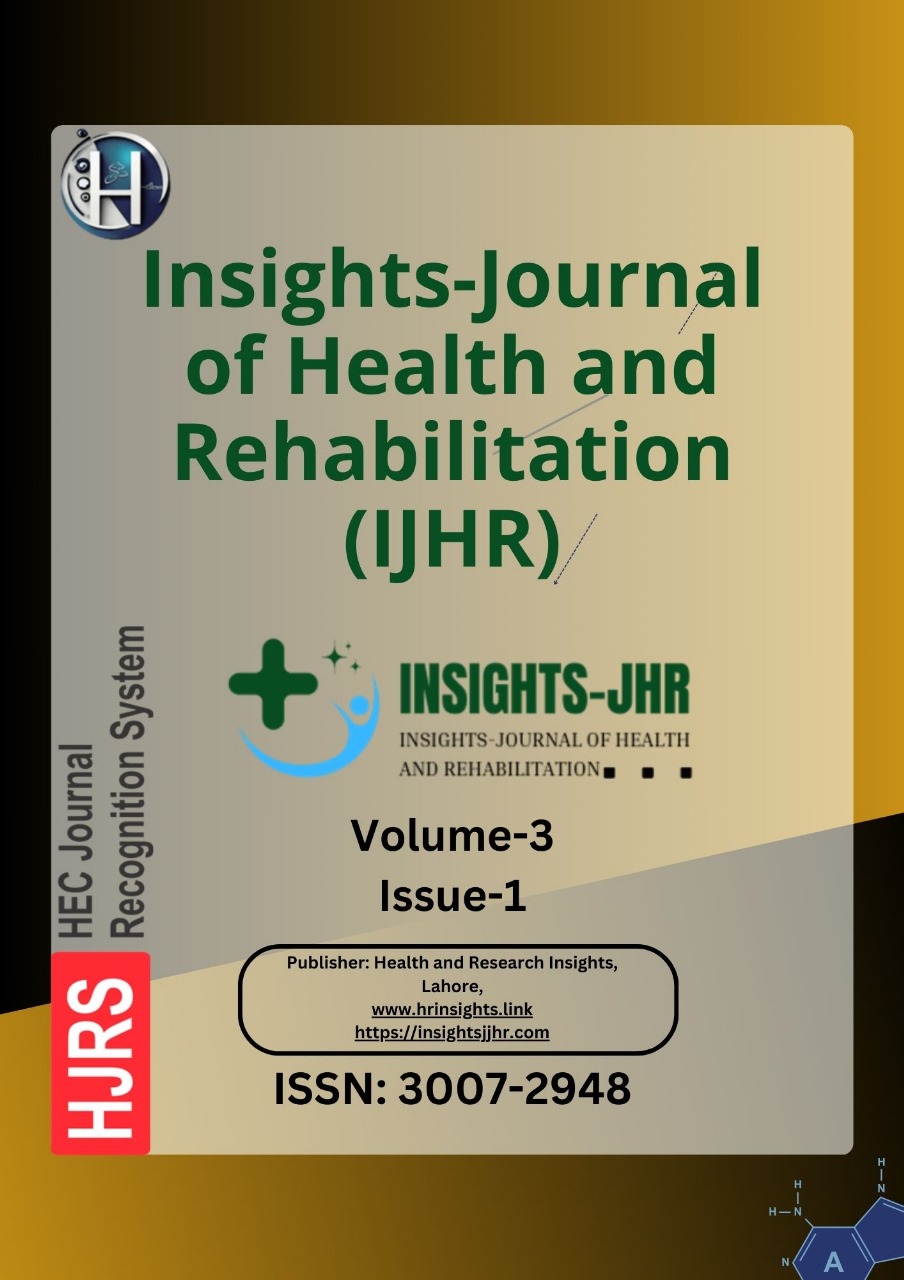ANALYSIS OF HOSPITAL-ACQUIRED MRSA INFECTIONS IN PUS SAMPLES: A COMPREHENSIVE DISCUSSION
DOI:
https://doi.org/10.71000/qcamfw64Keywords:
Antibiotic resistance, Staphylococcus aureus, hospital-acquired infections, MRSA, Pakistan, prevalence, skin abscessesAbstract
Background: Hospital-acquired infections (HAIs) represent a significant healthcare challenge globally, with Staphylococcus aureus (S. aureus) being a leading cause of skin and soft tissue infections. Methicillin-resistant Staphylococcus aureus (MRSA) poses an even greater threat due to its resistance to commonly used antibiotics. Understanding the prevalence and resistance patterns of MRSA is crucial to developing effective infection control strategies, especially in resource-limited settings like Peshawar, Pakistan.
Objective: To determine the frequency of hospital-acquired infections caused by S. aureus in skin abscesses and evaluate the antibiotic resistance patterns of MRSA in patients from District Peshawar.
Methods: A total of 525 pus samples were collected from patients with skin abscesses during hospital stays in Peshawar. Samples were processed in a microbiology laboratory using standard protocols, including Gram staining, colony morphology assessment, and biochemical tests to identify S. aureus. Methicillin resistance was confirmed using cefoxitin and oxacillin disc diffusion tests, and the presence of the mecA gene was validated through PCR. Antibiotic susceptibility testing was performed for 14 commonly prescribed antibiotics following Clinical and Laboratory Standards Institute (CLSI) guidelines. Statistical analysis was conducted using SPSS version 26.
Results: Out of 525 pus samples, 100 isolates were confirmed as MRSA. The prevalence of MRSA was higher in males (54%) than females (46%). The highest infection rate was observed in the 21–40 years age group (35%), followed by 1–20 years (27%), 41–60 years (25%), and above 60 years (11%). Resistance was highest to cefoxitin (100%), oxacillin (94%), ciprofloxacin (81%), and amoxicillin (79%). However, isolates showed high susceptibility to vancomycin (93%), linezolid (95%), and teicoplanin (90%).
Conclusion: The study highlights the alarming prevalence of MRSA in hospital-acquired skin abscesses in Peshawar, coupled with significant antibiotic resistance. Strengthened infection control measures, antibiotic stewardship programs, and ongoing surveillance are essential to curb the spread of resistant pathogens.
Downloads
Published
Issue
Section
License
Copyright (c) 2025 Farmanullah, Waseem Abbas, Fizza Parveen, Haider Zaman, Jamal Shah, Rafiullah (Author)

This work is licensed under a Creative Commons Attribution-NonCommercial-NoDerivatives 4.0 International License.







